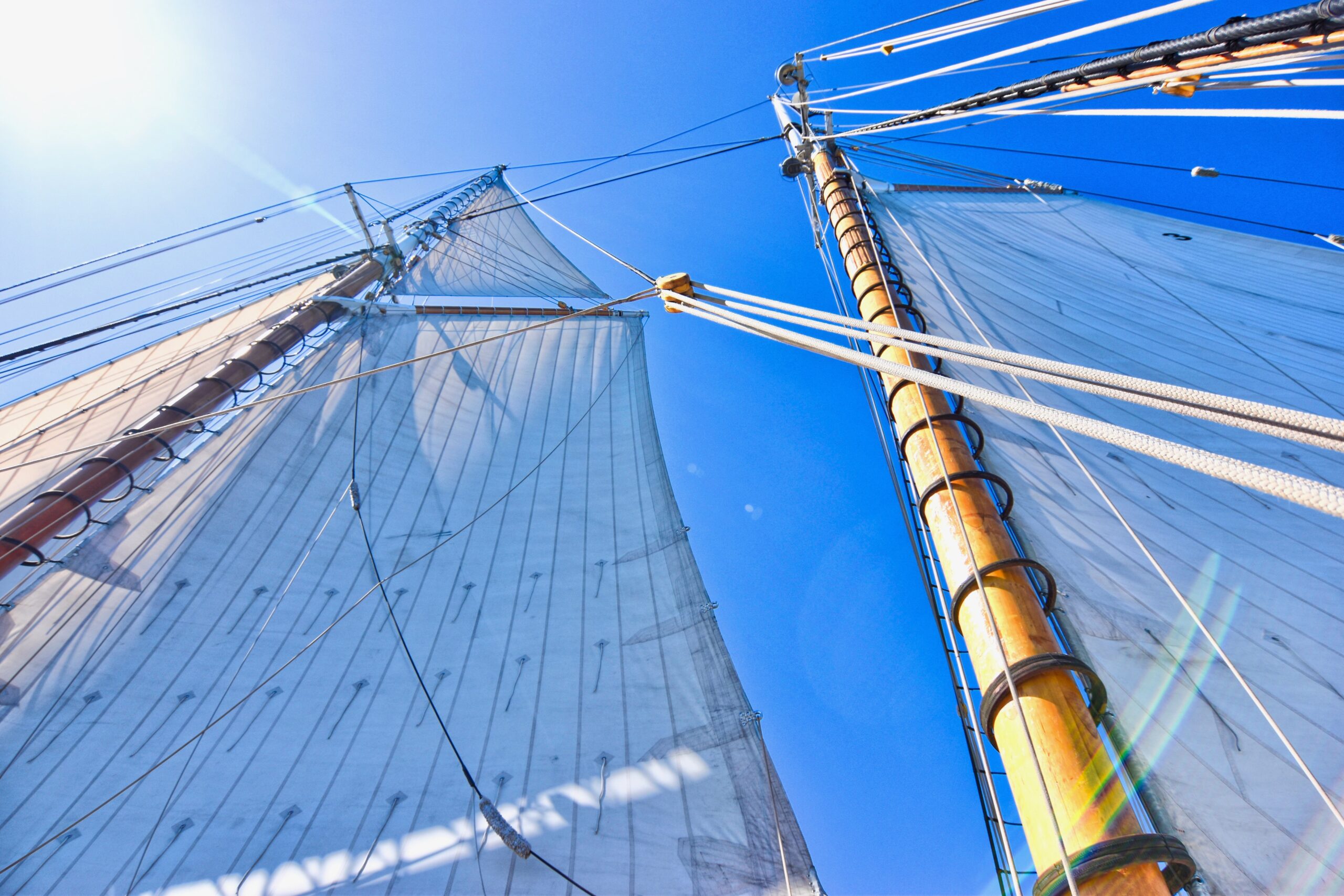Cpt Rous Finding Richmond River
As a region we owe much to a well-heeled son of nobility with a penchant for sporting pursuits and in particular horse racing.
When Captain Henry Rous anchored his ship Rainbow off of the mouth of a yet unnamed river in eight fathoms of water and six leagues south of Byron Bay he had the opportunity to fulfill his ambitions to be an explorer and name yet unknown parts.
Just days before, in August 1828, he had been anchored further to the north and had explored the Tweed River, which he had mistakenly thought to be the Clarence. He had narrowly missed the opportunity to explore the Clarence River still yet unnamed, by wild surf which prevented him from entering the river mouth. Unfortunately, the Tweed had been found and named by John Oxely in in 1823, so his ambition to break new ground was temporarily thwarted but not for long.
Following the charts drawn by Matthew Flinders some years earlier he decided to investigate an indentation in the map which he thought might be of some interest before returning to Sydney and completing his voyage. A fortuitous decision as he was able to name the northern headland of the river mouth after the fifth duke of Lennox and subsequently after exploring the river upstream to around the area of present-day Wardell giving the Richmond River its name and place in history.
Rous was born in 1795 to British nobility, he was the second son of John Rous the Viscount of Dunwich and Charlotte Whitaker. After completing his early education at Westminster School and entered the navy in 1880 (aged 13 yrs) as a first-class volunteer. He saw a number of naval actions and rose steadily through the ranks. He was given command of the Rainbow in July 1825 while in the West Indies.
Reports of the time describe Capt Rous as being tall and handsome, with an affable nature and a love socialising and of sport. During his first visit to Sydney in 1827 he is credited with organising the first boating regatta held in Australia, by all accounts a very successful event. He was also greatly interested in horse racing in particular improving the bloodline of thoroughbred horses importing the stallion Emigrant and mare Iris to his holdings. He was granted land on the Molonglo Plains and was acclaimed as having a real interest in the development of the fledgling colony and its people.
Rous left Australia in 1829, returning to England and retired on half pay in 1835, returned to the active list in command of the Pique, suffered the indignity of a Court Martial at which he was acquitted and subsequently promoted to Admiral and again to Rear Admiral but he never again returned to sea.
Married in 1836 he devoted the rest of his life to horse-racing. He became a steward of the Jockey Club and was also appointed as an honorary handicapper and is credited with being the author of the weight for age scale.
Captain Henry Rous passed away in 1877, after what can only be described as a fulfilling life.





